Shacklock Orion Coal Ranges #2 with tile surround:
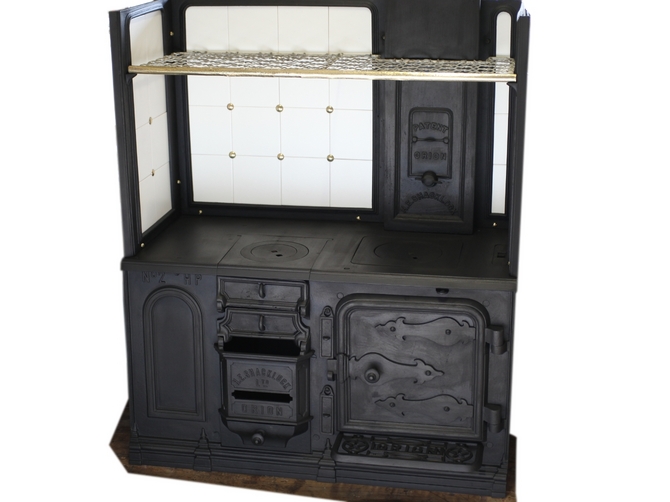
Click the image for a better view:
Shacklock Orion Coal Ranges #2 with tile surround:

Fake shot: I superimposed a wooden surround to give an idea what it looks like fitted:
Click the image for a better view:
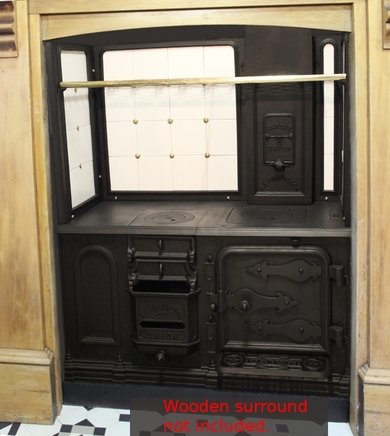
Fire doors:
Click the image for a better view:
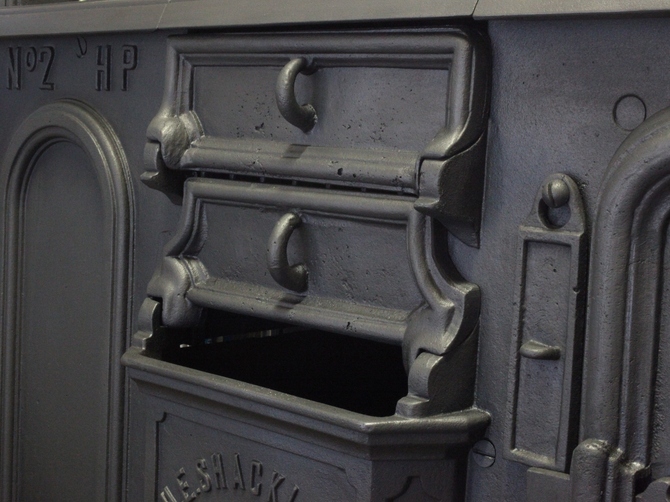
Open this one to raise temperature by providing more air to the fire:
Click the image for a better view:
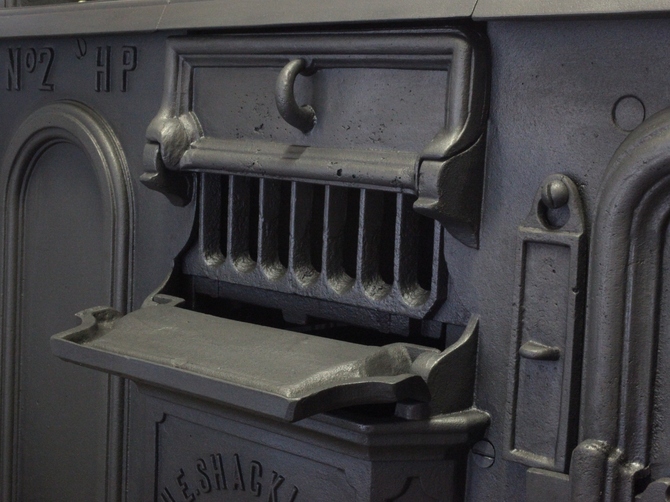
Load fuel through here:
Click the image for a better view:
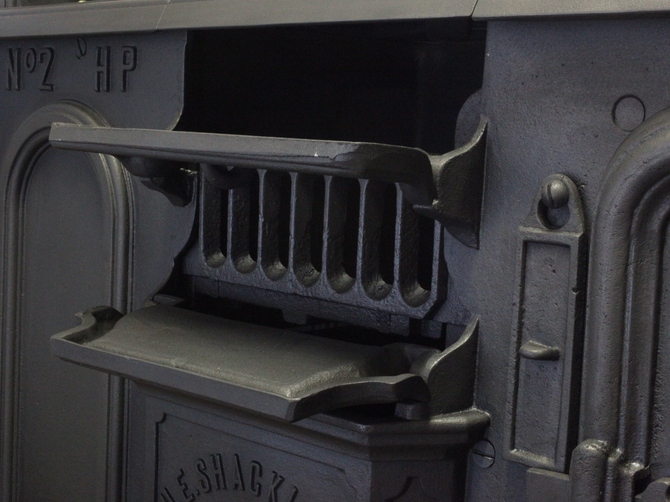
Dual rings:
Click the image for a better view:
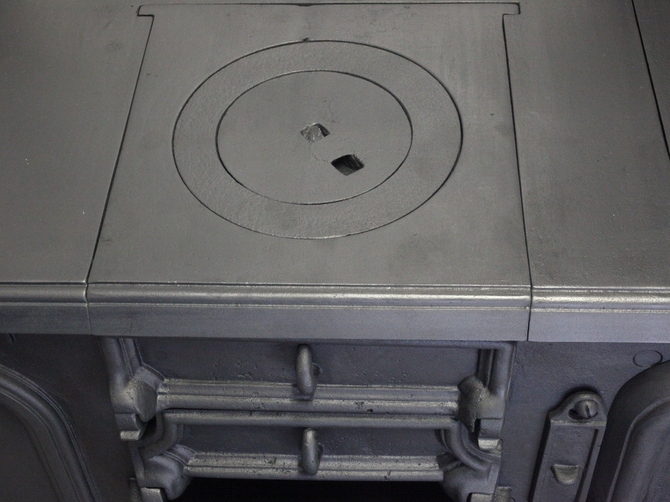
Rings dual:
Click the image for a better view:
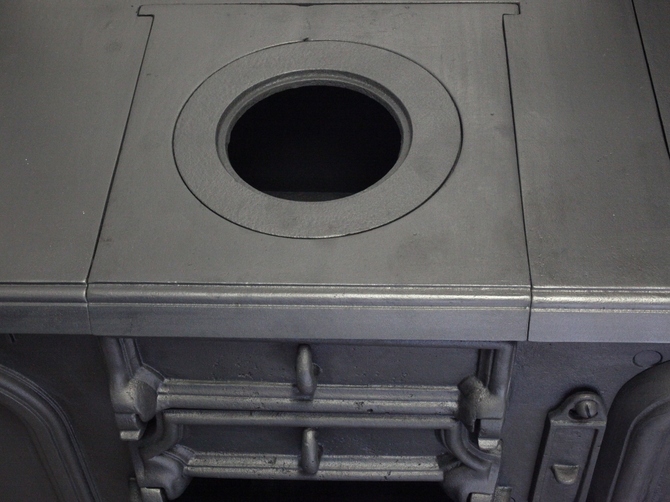
Does anyone read this:
Click the image for a better view:
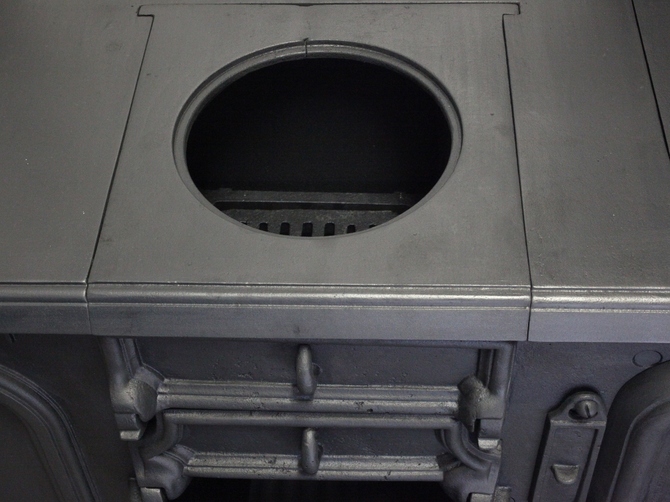
The quick brown fox...:
Click the image for a better view:
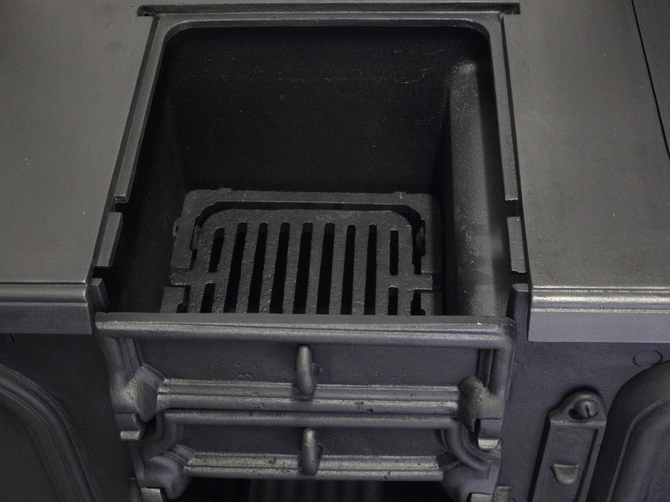
The left, rear & right sides of the fire box are the wetback; the fire is nestled in the water jacket.
Click the image for a better view:
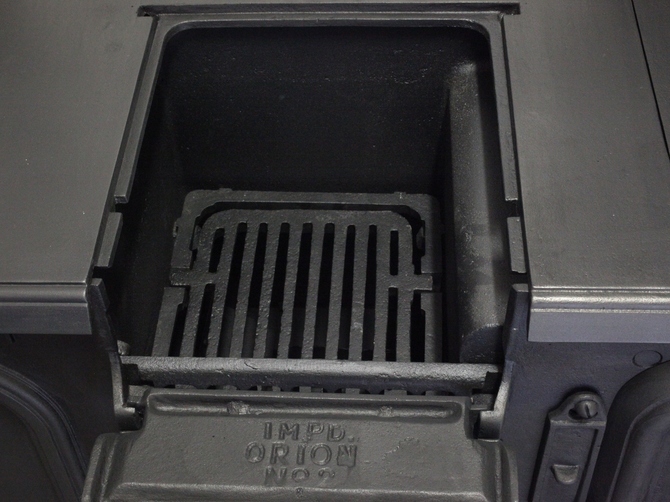
Ash pan in:
Click the image for a better view:
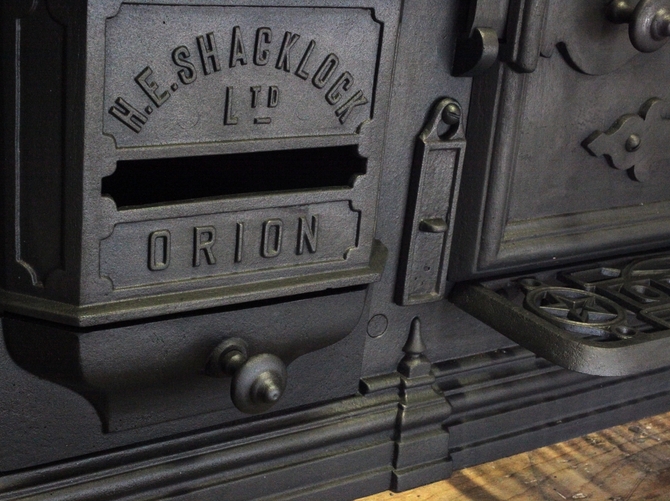
Ash pan out:
Click the image for a better view:
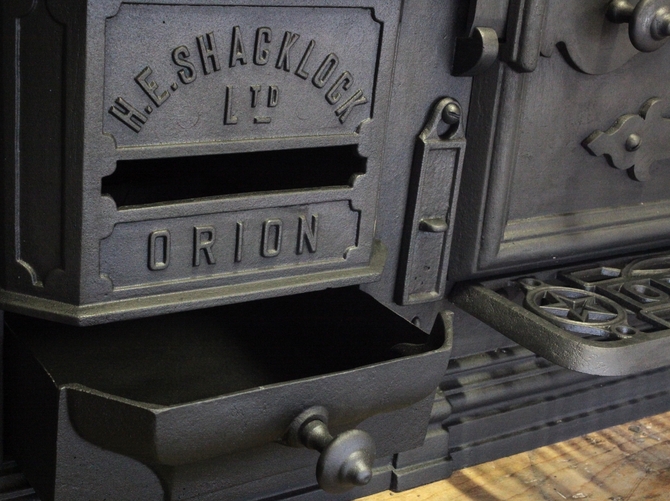
Top surface...
Click the image for a better view:
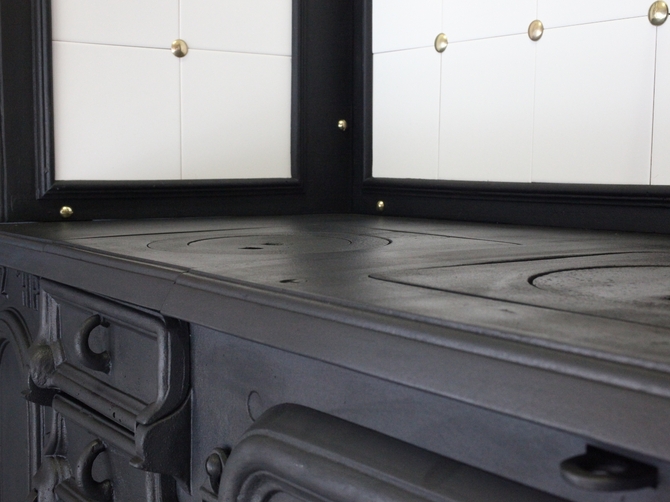
Brass screws & tile fasteners.
Click the image for a better view:
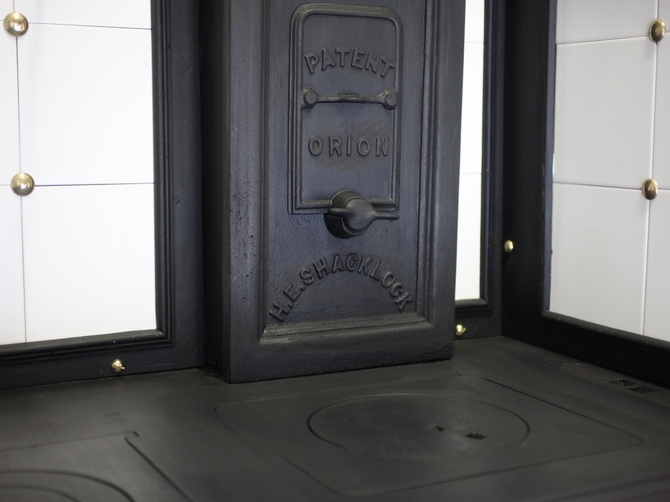
Click the image for a better view:
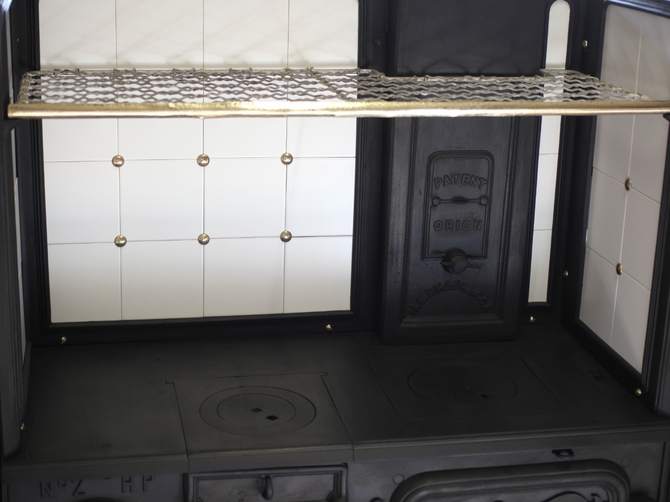
The front of this rack has its original brass covering but this rack is not the original part.
Click the image for a better view:
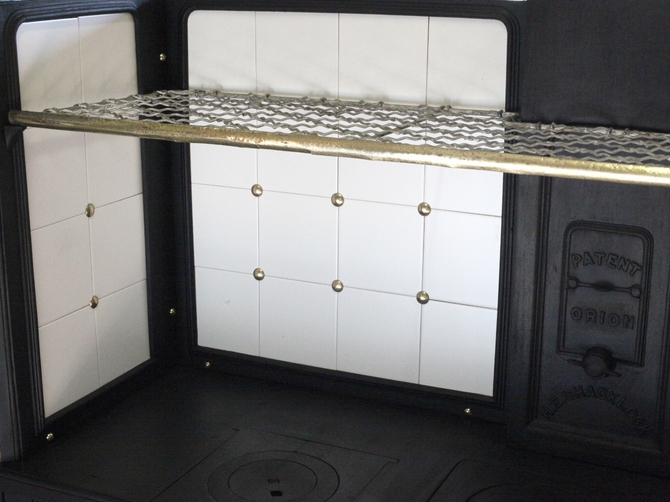
The wetback connections.
Click the image for a better view:
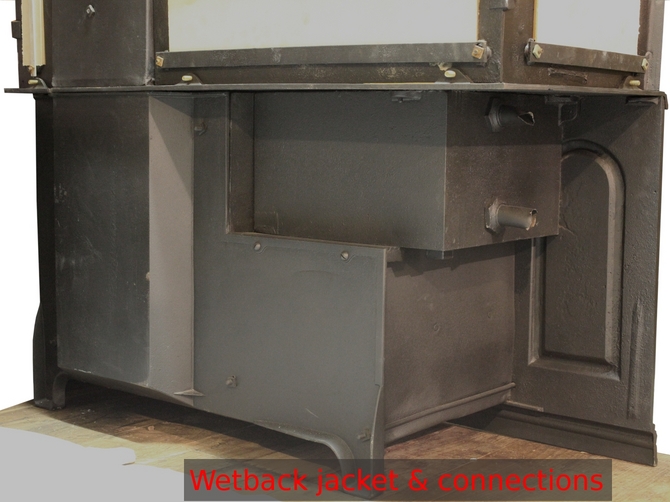
Second "element":
Click the image for a better view:
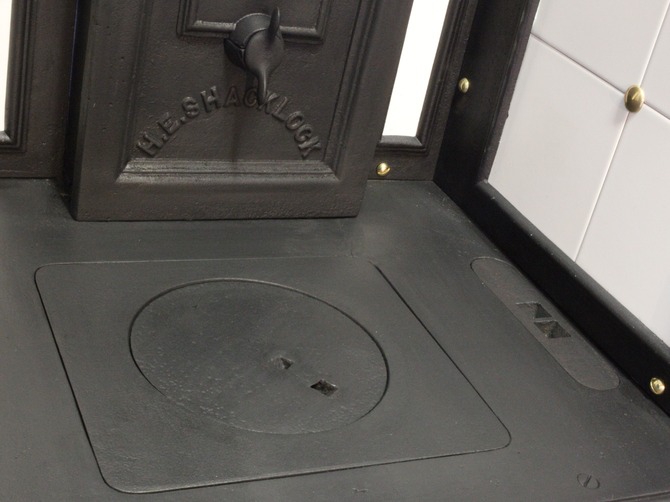
An antique american hot plate lifter tool:
Click the image for a better view:
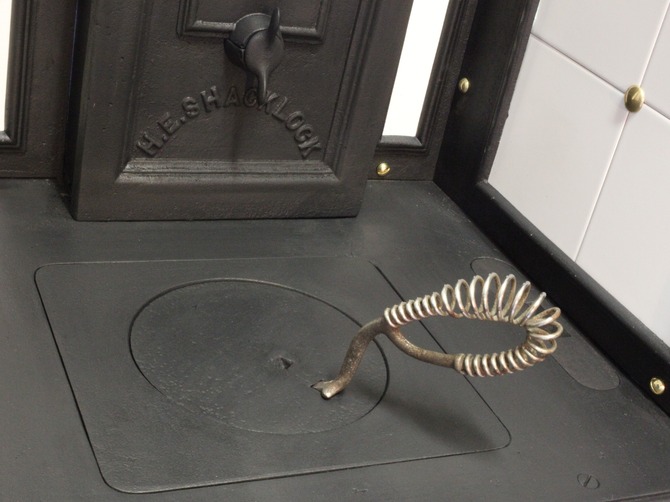
Shacklock coal ranges:
Click the image for a better view:
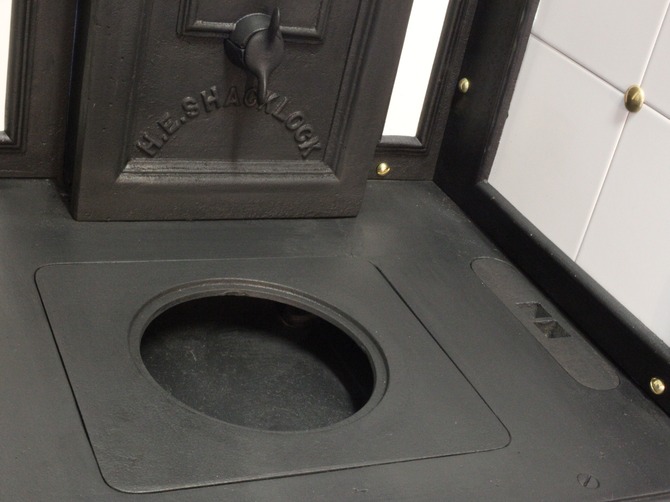
Here you see the oven by-pass lever which protrudes out the front of the oven. See next 2 images:
Click the image for a better view:
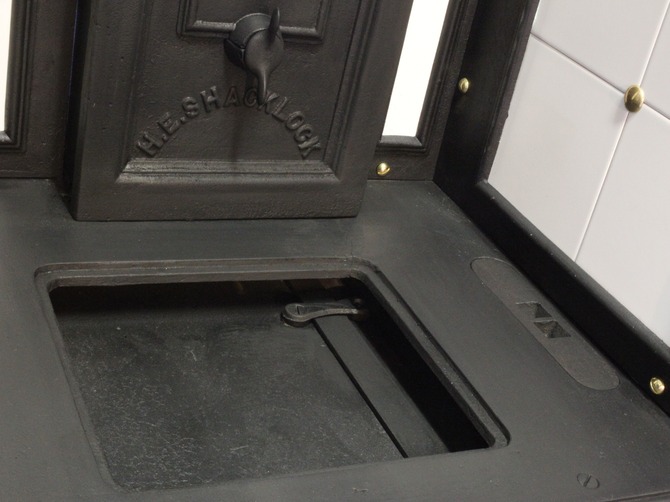
This is the normal position. Hot gasses circulate 5 sides of oven:
Click the image for a better view:
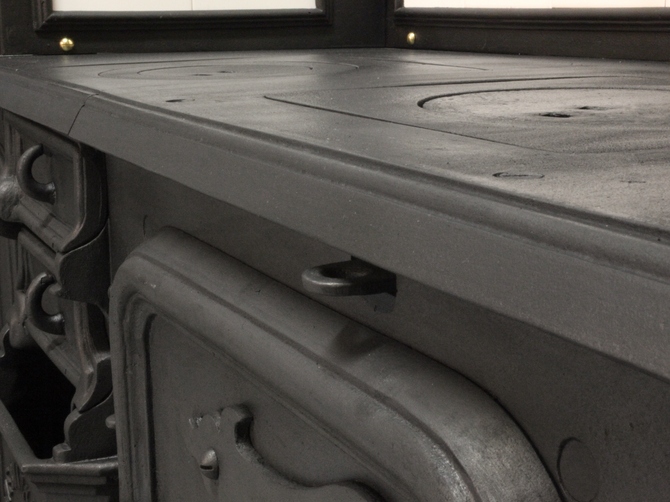
This is by-pass mode; hot gasses go over top of the oven and straight up the flue. Used for starting the oven by heating the flue or cooling the oven once flue is hot & oven is too hot.
Click the image for a better view:
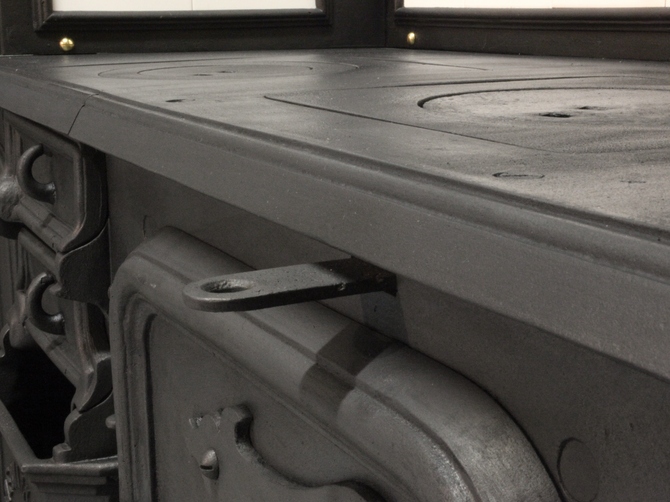
Pot rest (aka: foot rest) :
Click the image for a better view:
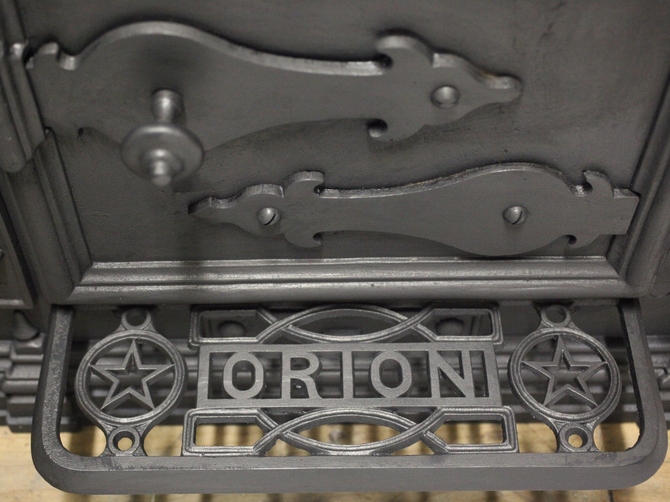
Oven with (possibly original) tray:
Click the image for a better view:
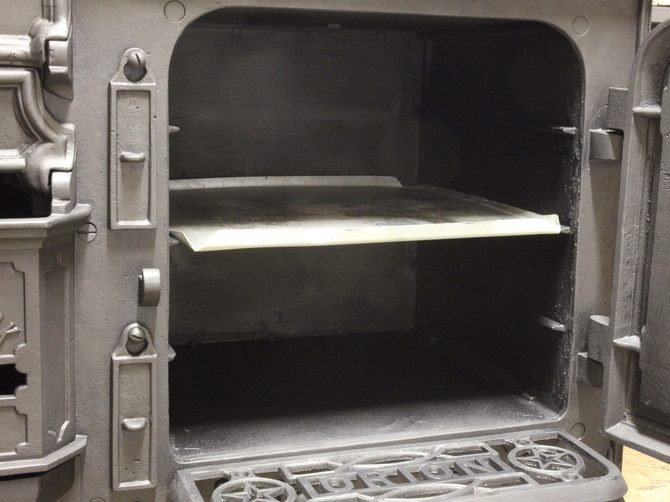
Front shot:
Click the image for a better view:
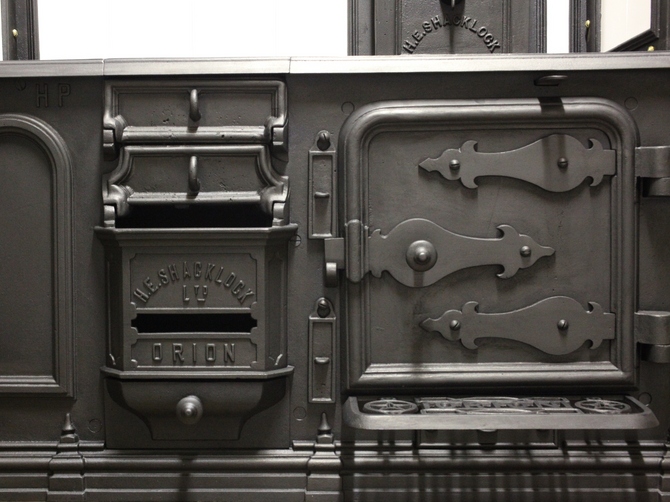
Flue normal mode, no impedement to flow:
Click the image for a better view:
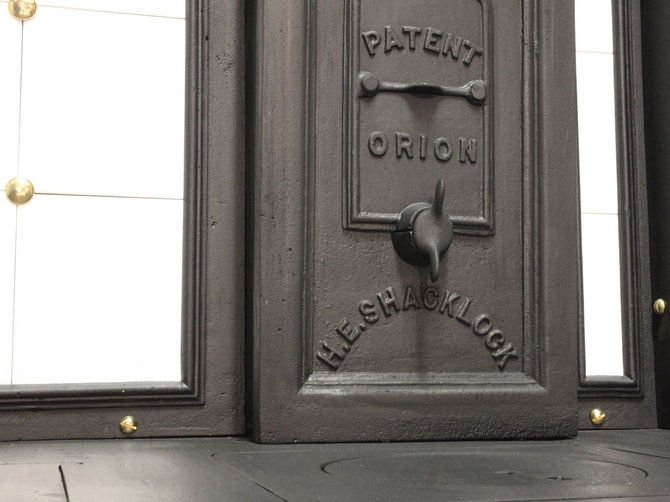
Flue in dampened mode, good for overnight smoulder:
Click the image for a better view:
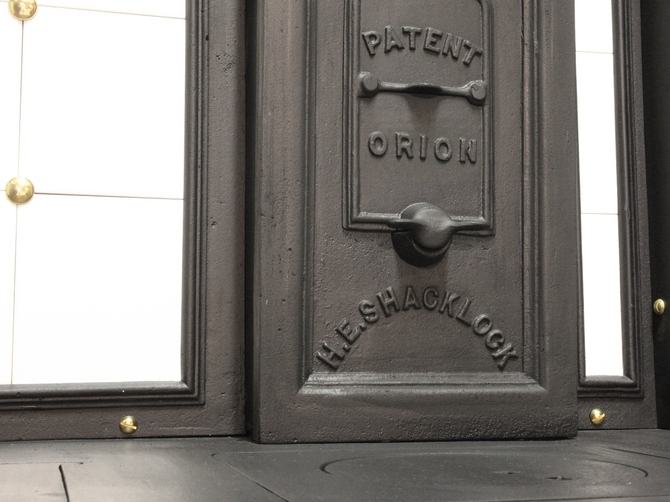
Random shot:
Click the image for a better view:
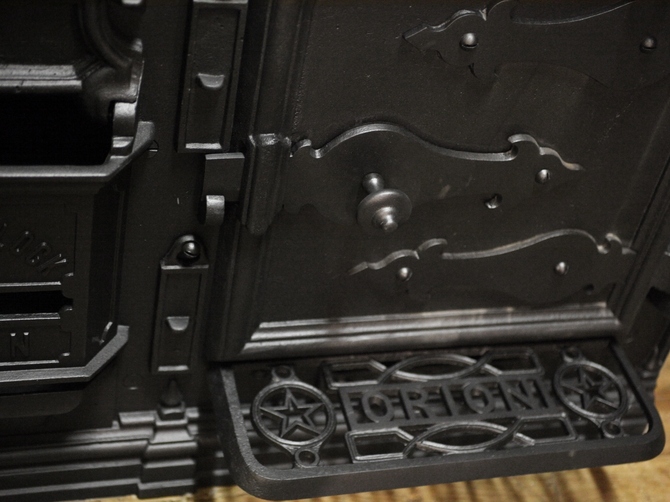
Hot plate lifter.:
Click the image for a better view:
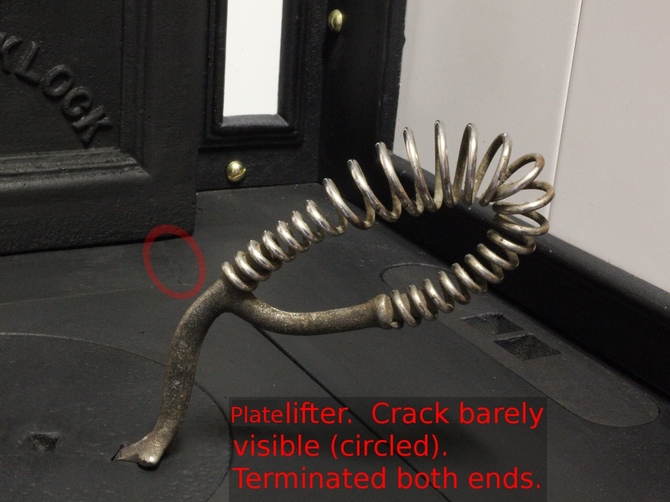
Fake tap! Well it's a real tap off a real Orion coal range but it's just "stuck" on with a high-power magnet. Have a look at the illustrations below and you will see that they display the non-wetback coal range as it has the brass tap on the front. Taps look cool!
Click the image for a better view:
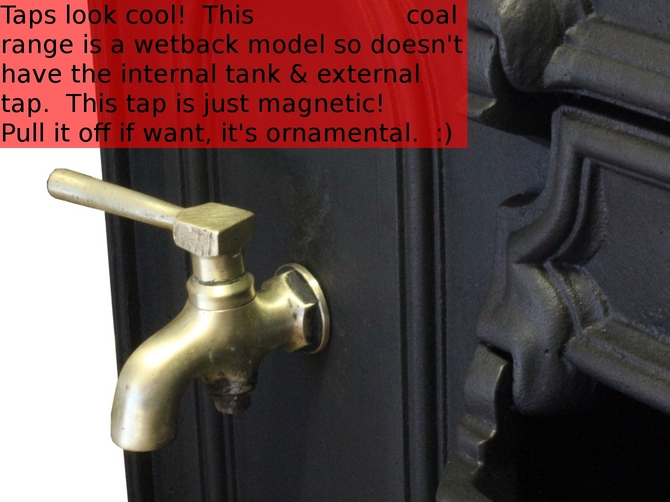
Click the image for the source:
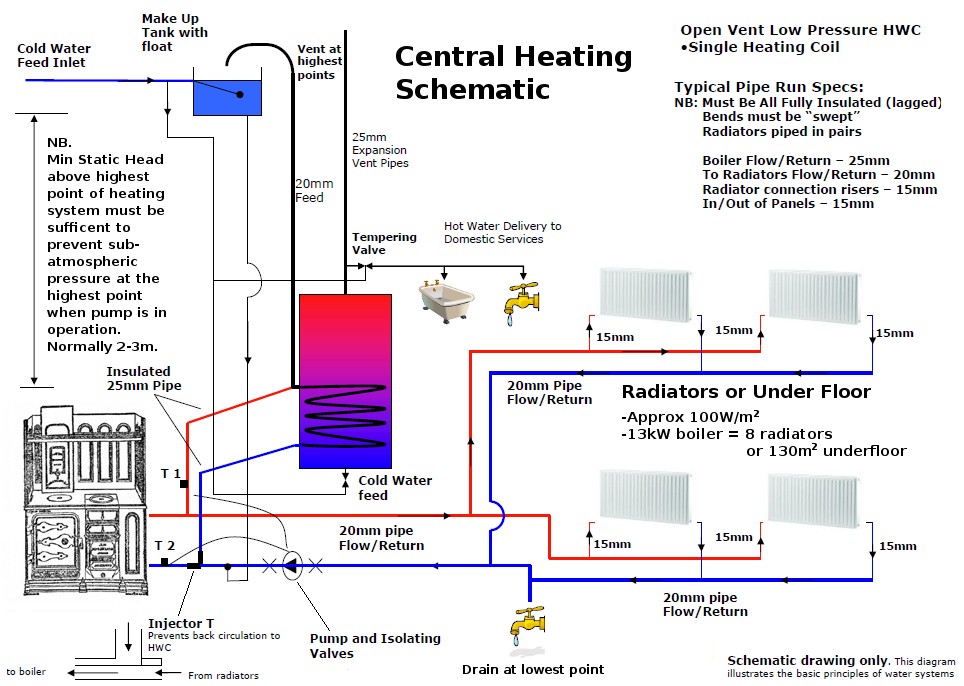
Click the image for the source:
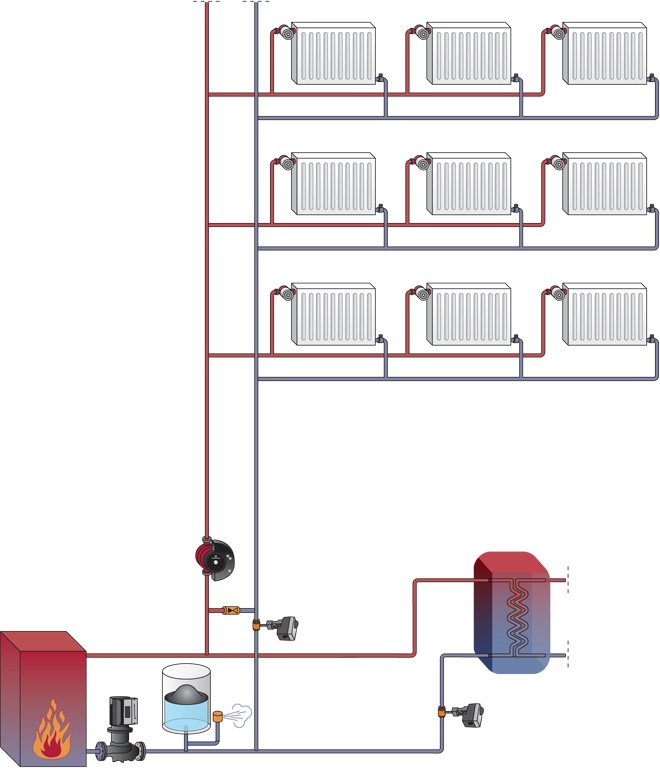
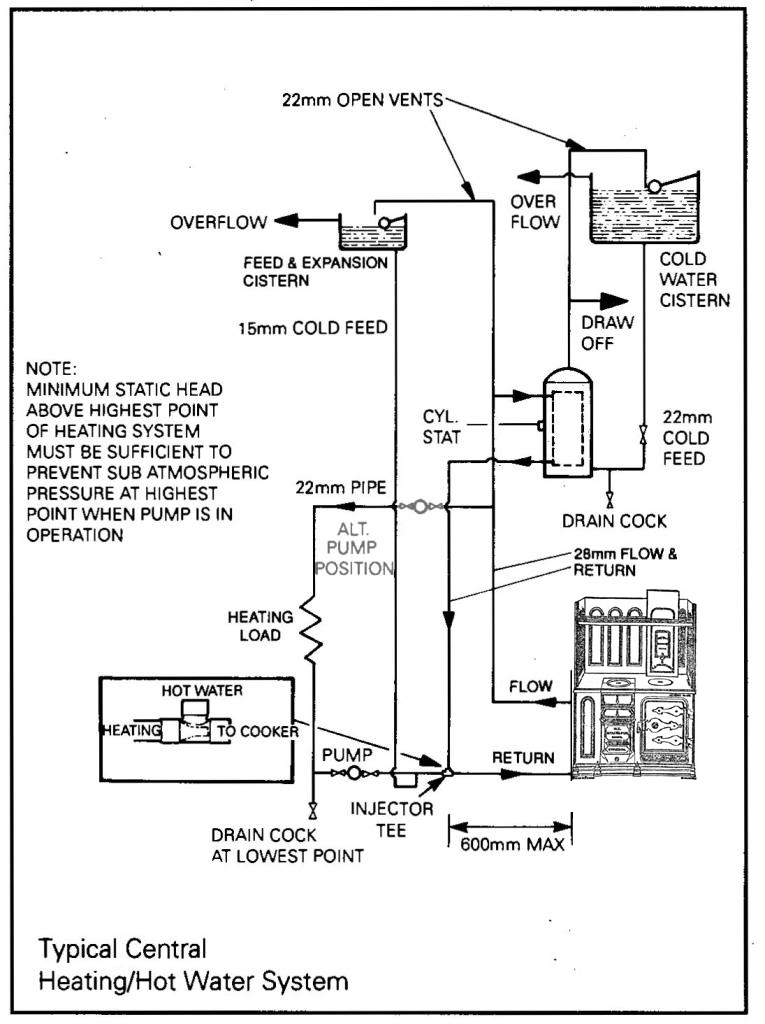
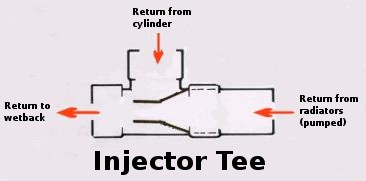
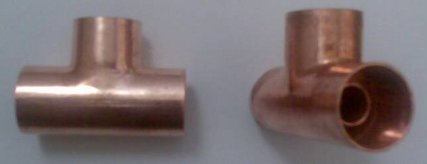
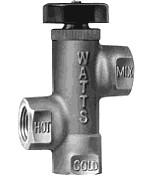
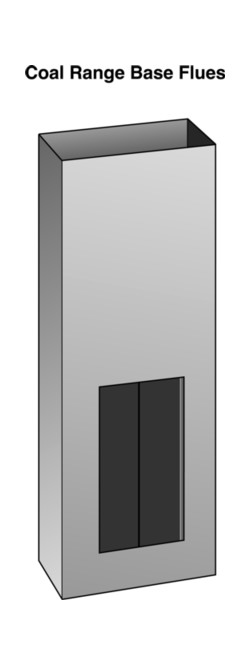
An Auckland based company that sells all coal range related stuff: Broady's
Te Ara Encyclopedia of New Zealand
Dictionary of New Zealand Biography
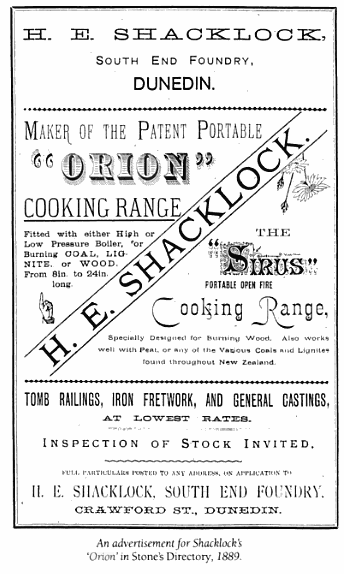
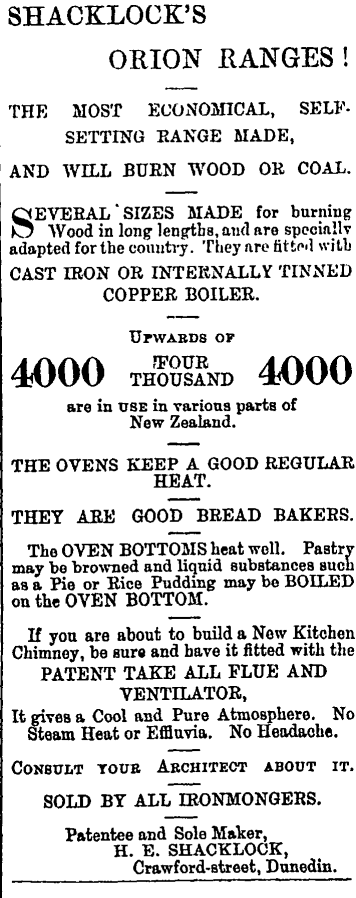
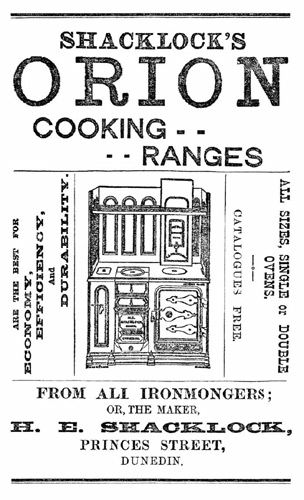

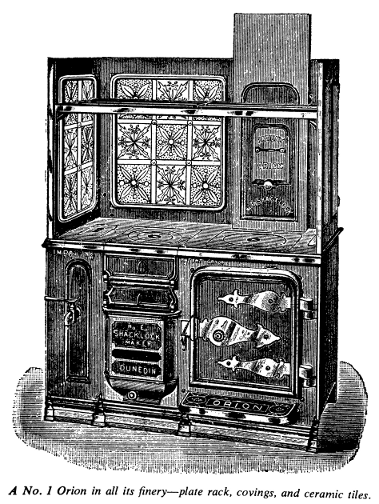
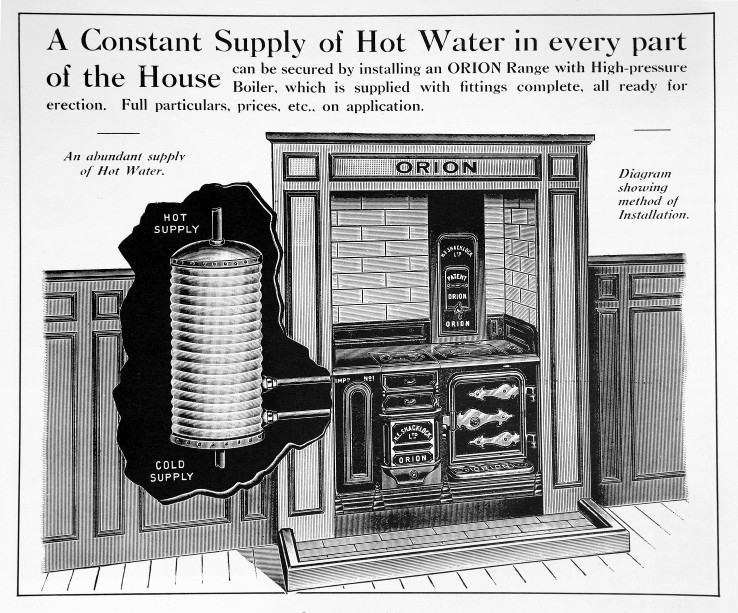
COAL OVENS. |
Coal range. |
INSTALLATION AND OPERATION OF A Shacklock '501' * THE '501' RANGE has been designed with a very much greater degree of air control than any of its predecessors, and thus will not only operate on much less fuel, but can also be left burning quietly for very long periods without the fire going out. This excellent feature does, however, mean that it has to be installed with a much greater attention to detail than our earlier ranges. Time spent when installing the range to ensure that there are no air leaks into the chimney will be rewarded by economy and satisfaction in its use. The salient point is that air should only enter the system through the air intake. No air should leave the top of the chimney which has not travelled through the fire. Hence a perfect air seal around the body of the range is desireable for utmost efficiency and economy. GENERAL INFORMATION 1. Unit to be installed to N.Z. Standard7421 (1985)2918 2. Check with your local building inspector as to the need for a building permit and complience with any special bylaws. Notify your insurance company that a coal range has been installed. 3. Unit must be installed by a qualified plumber. SEALING RANGE 1. When the range is put into the chimney opening with enamel top removed, all free spaces around the range should be filled with gravel or 'K' wool - anything but concrete or beach sand. The space between H.W. cylinder and range boiler pipes through the wall can also be filled. The edges and down the sides of range can be sealed with plaster or putty. 2. It is also very important to seal inside where the flue sits on top of range. The gap between steel flue and cast spigot. Access to this is made by removing the soot door and wing damper in flue. Be careful to hold wing damper when removing soot door as it is possible for wing damper to drop into flue and is very difficult to retrieve from base of range. 3. The register sheet must be airtight. Seal all gaps. 4. The flue must have clear exit into the chimney. Must not be blocked by protruding brickwork or mortar. Should be sealed where it penetrates register. 5. It is extremely important that the round copper pipes between H.W. cylinder and boiler or range are not less than 32mm dia (1 1/4") any reduction will cause efficiency loss and damage to the stainless steel wetback. Also voids any guarantee. --------------------------------------------------------------------INBUILT MODEL A 920 wide (range masonry gap) B 520 deep (range masonry gap) C 1350 high (range masonry gap) D 50mm thick (hearth) E 300 deep (hearth) -------------------------------------------------------------------
Shacklock Coal Range Instruction Manual
OPERATION OF RANGE -- 1. Ashbox Door Air Control - Open to full extent first lighting fire. Close required amount of air flow needed for normal use. Close completely for overnight banking. Experience with various fuels will show to what degree it may be shut. 2. Direct Damper Over Oven - Pull forward to open. It is only used to bring fire up quickly. Must be pushed fully closed when cooking. Do not leave fully open for long periods. 3. Flue Wing Damper - When handle vertical it is fully open and closed when horizontal. This is the control for the range and can be fully closed to bank fire. 4. Heat indicator on oven door is a visual measure of heat rather than a thermometer. In other words, should be treated as such and used in the light of owners cooking experience with the range. 5. Stoking - Firebox should be fed through the firedoor rather than the top. Fuel should not (if using coal) be allowed to be higher than the side of basket wall next to oven. The will give best heat and not cause unnecessary build-up of soot. Greater economy will be achieved. The motto is "a little more often than a lot at one time" CLEANING The air passages in the range and flue must be kept clear. The quality of fuel in use determines how frequently this needs to be done. Poorly installed ranges with poor drafts soot up more quickly. Tools For Cleaning Soot Rake and Flue Brush 1. Flue brush should be used up and down the flue to allow soot to drop to bottom of flue. 2. Soot from top of oven can be brushed off to oven top down through cavity to bottom of range. 3. Using soot rake through soot door at the bottom middle front of range. Soot should be dragged from rear bottom of flue and LH or RH sides of range. It is very important that these passages are kept clear. First sign of blockage is smoke emitting from the fire squares and lids. 4. Because of intense heat fire square and lid discolouration can be treated when warm with salt free fat (such as mutton fat) or black boot polish.